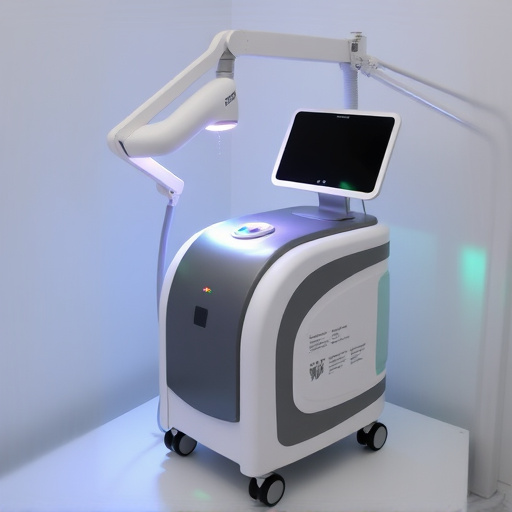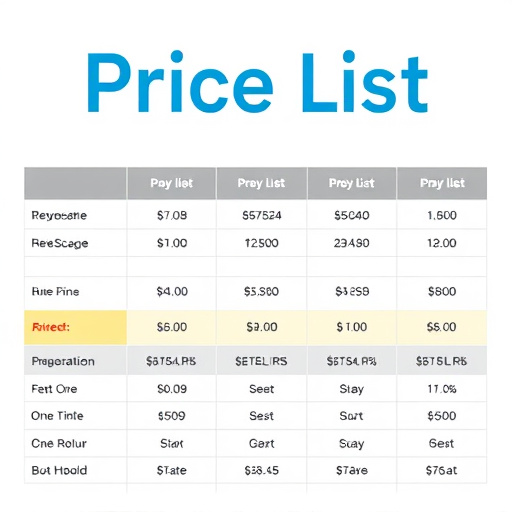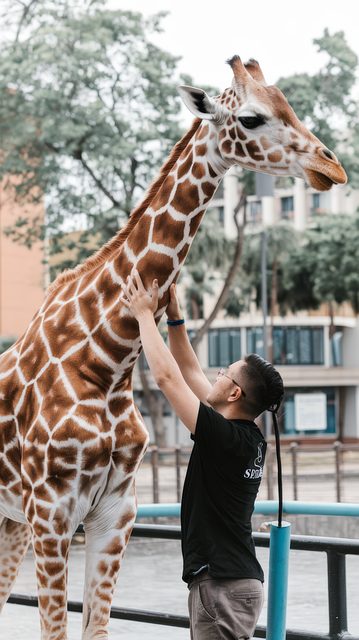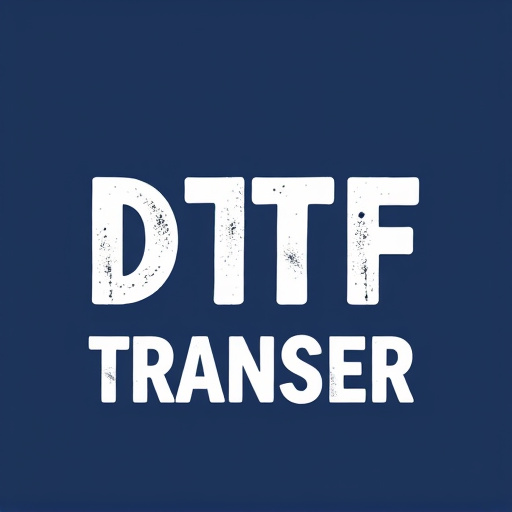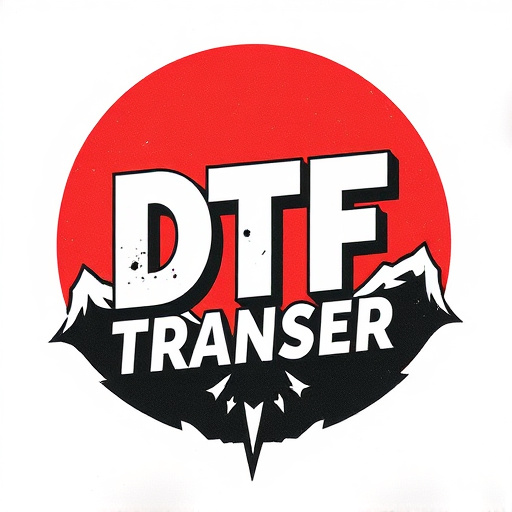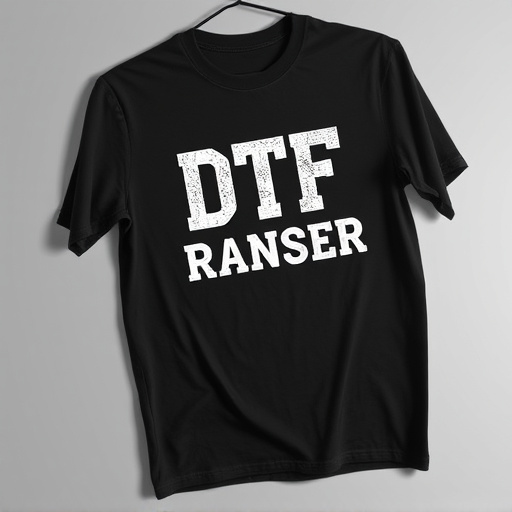Direct to Fabric (DTF) transfer technology is revolutionizing fashion and industrial printing by enabling high-quality, vibrant prints directly onto stretchy fabrics. DTF's flexibility allows for intricate designs that maintain their integrity on dynamic surfaces like spandex and neoprene, enhancing both the aesthetics and performance of garments. While presenting challenges in preparation and calibration, DTF promises compelling opportunities for designers to create unique, visually appealing clothing with improved durability. Future advancements in ink and printing techniques will continue to drive DTF's popularity across various industries.
“Discover the future of printing with flexible film transfers: DTF (Direct-to-Fabric) technology. This revolutionary process seamlessly integrates print and fabric, allowing designs to move and stretch without compromise. In this comprehensive guide, we explore DTF’s potential from fashion to industrial applications. Learn about its advantages, challenges, and the key considerations for choosing the right DTF process for your project. Uncover the innovations shaping the DTF industry and unlock the endless possibilities of DTF prints.”
- Understanding DTF Transfer Technology: A Revolution in Print and Fabric Integration
- How DTF Works: Unlocking the Potential of Stretchy Fabrics
- Applications of DTF Printing: From Fashion to Industrial Use Cases
- Advantages and Challenges: Navigating the Landscape of DTF Transfers
- Choosing the Right DTF Process for Your Project: Key Considerations
- The Future of DTF: Innovations Shaping the Industry
Understanding DTF Transfer Technology: A Revolution in Print and Fabric Integration

The DTF (Direct to Fabric) transfer technology is revolutionizing the way we integrate prints onto stretchy fabrics. Unlike traditional printing methods that can be rigid and limited, DTF allows for a versatile and dynamic approach to fabric design. This cutting-edge process enables printers to produce high-quality, durable DTF prints directly onto various materials, including elastic textiles used in apparel and activewear.
By eliminating the need for intermediate layers or coatings, DTF transfer technology ensures that the print remains flexible and moves seamlessly with the fabric. This innovative method opens up endless possibilities for designers, allowing them to create unique, stretchable patterns and textures that enhance the overall aesthetic and functionality of garments. With its ability to deliver vibrant and long-lasting DTF prints, this technology is set to redefine the standards of print and fabric integration in numerous industries.
How DTF Works: Unlocking the Potential of Stretchy Fabrics
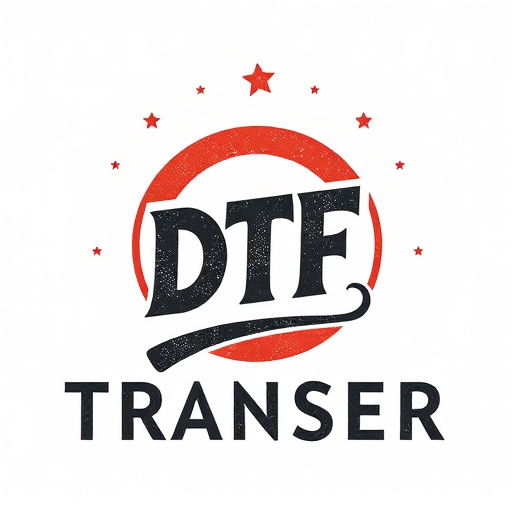
The Dynamic Transformable Film (DTF) transfer technology is revolutionizing the way we print and apply designs to stretchy fabrics. DTF involves a unique process where a thin, flexible film is used as a medium to carry ink, allowing for precise printing on complex surfaces that undergo significant stretch and movement. This method overcomes the limitations of traditional printing techniques that struggle with the dynamic nature of athletic wear, activewear, and other performance fabrics.
With DTF, designers and manufacturers can achieve high-quality prints on materials like spandex, Lycra, and neoprene, ensuring the artwork moves seamlessly with the fabric’s stretch. The film is carefully applied to the fabric, then heated to transfer the ink, resulting in vibrant, durable DTF prints that maintain their integrity even under intense physical activity. This technology unlocks new possibilities for brands to create visually appealing, performance-oriented garments with unique and dynamic designs.
Applications of DTF Printing: From Fashion to Industrial Use Cases

The applications of Direct to Fabric (DTF) printing, or DTF Transfers, are vast and ever-growing, spanning from fashion and textiles to industrial use cases. In the fashion industry, DTF is revolutionizing apparel design by allowing for intricate, full-color prints on stretch fabrics, enhancing both aesthetic appeal and comfort. From athletic wear to activewear, DTF enables the creation of dynamic, vibrant designs that move with the wearer, ensuring a unique and stylish experience.
Beyond fashion, DTF Printing has found its place in industrial sectors. It is utilized for producing high-quality labels, logos, and markings on various materials, including fabric, leather, and synthetic blends. This technology offers durability, fast production times, and cost-effectiveness, making it ideal for mass manufacturing while maintaining print quality. From branded clothing to technical textiles, DTF prints add a touch of professionalism and customization, catering to diverse market demands.
Advantages and Challenges: Navigating the Landscape of DTF Transfers
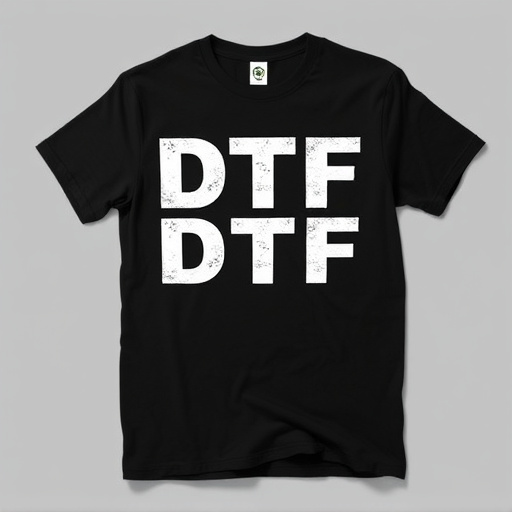
Flexible film transfers, like Direct to Fabric (DTF) Printing, offer a unique advantage in their ability to move with stretchy fabrics, making them ideal for sportswear, activewear, and other dynamic garments. DTF Transfers provide high-quality prints that are both vibrant and durable, allowing designers to create visually appealing and functional clothing. One of the key benefits is the versatility it offers in terms of fabric types and designs, catering to diverse fashion needs.
However, navigating the landscape of DTF Transfers also presents certain challenges. Ensuring proper adhesion of the transfer to stretchy fabrics requires precise preparation and application techniques. The heat and pressure sensitivity during the printing process demands careful calibration to avoid damaging the fabric or compromising the print quality. Moreover, managing color accuracy across different fabric types and ensuring long-lasting fade resistance are ongoing considerations in this evolving field of textile printing technology.
Choosing the Right DTF Process for Your Project: Key Considerations
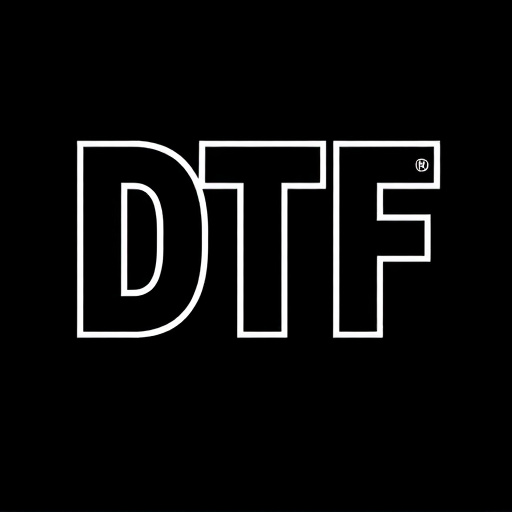
When selecting a DTF (Direct to Fabric) transfer process for your project, several key considerations come into play. The first step is understanding the nature of your fabric. Different fabrics have varying stretch properties and absorbency levels, which directly impact the quality of the final DTF prints. For instance, stretchy fabrics like spandex require a more elastic DTF film to ensure movement harmony, while natural fibers may need a different approach to prevent color bleeding or shrinkage.
Additionally, project scope and desired aesthetics play a pivotal role in choosing the right DTF method. Consider whether you’re creating a single, large-scale design or multiple smaller prints. Some DTF techniques offer higher resolution and more vibrant colors for intricate, detailed artwork, while others are optimized for faster production runs with simpler designs. The right process will ensure your project’s visual appeal and longevity, especially when printed on stretchy fabrics that demand flexibility and durability.
The Future of DTF: Innovations Shaping the Industry
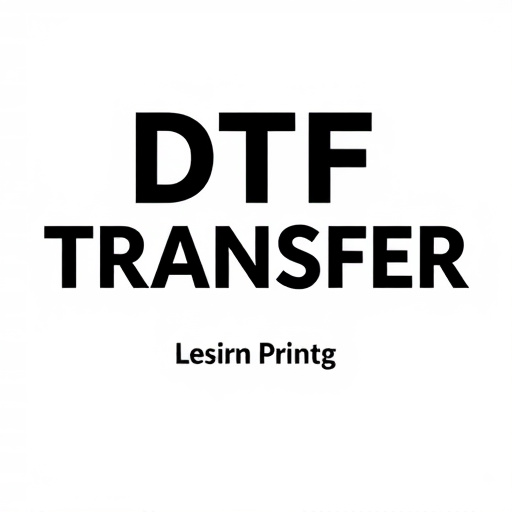
The future of Direct to Fabric (DTF) transfers is brimming with innovation and exciting possibilities. As technology continues to advance, DTF printing is evolving, offering new levels of versatility and quality. One prominent trend is the development of flexible film transfers designed to move seamlessly with stretchy fabrics. This breakthrough enables printers to cater to a diverse range of applications, from athletic wear where stretch is essential, to innovative fashion designs that challenge conventional aesthetics.
Furthermore, ongoing advancements in ink formulations and printing techniques promise richer colors, enhanced durability, and improved print resolution. The industry is also witnessing a surge in digital customization, allowing for on-demand production of one-of-a-kind DTF prints tailored to individual customer preferences. These innovations collectively contribute to the growing popularity of DTF transfers, positioning them as a dynamic force in the fabric printing landscape.

